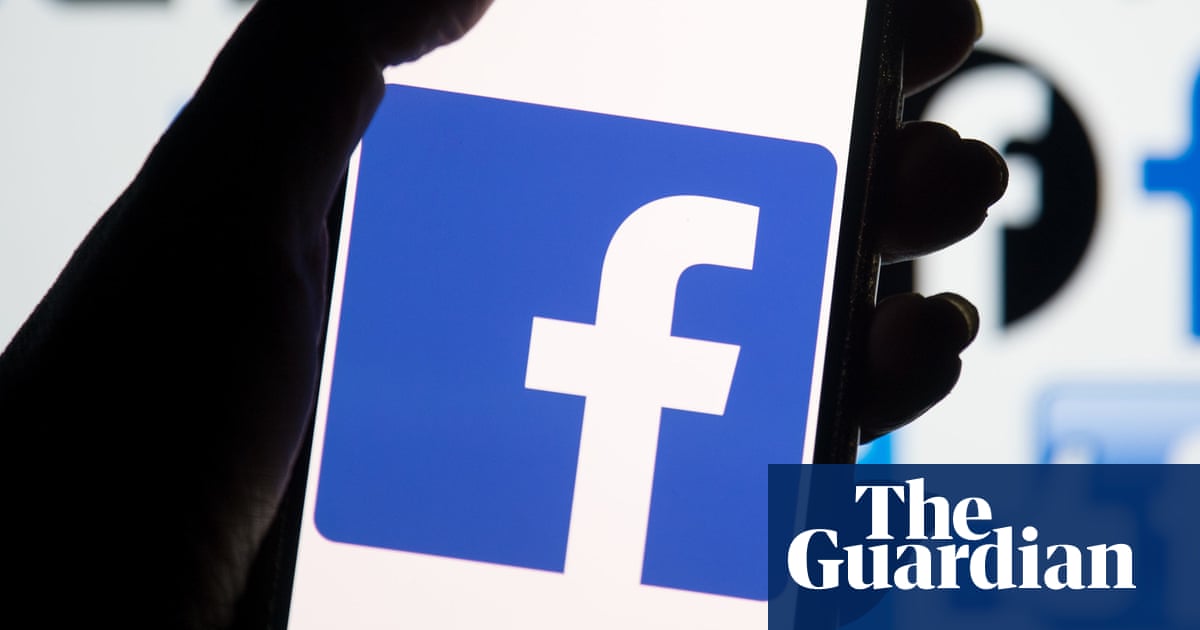
Australians could see fewer deepfake images of celebrities being hauled off in handcuffs, or promoting a fraudulent cryptocurrency investment on Facebook, after Meta launched a new one-stop shop for banks to share information on scams that has blocked 8,000 pages and 9,000 celebrity scams in its first six months of operation.
From January to August 2024, Australians reported $43.4m in losses from scams on social media to Scamwatch, with close to $30m relating to fake investment scams.
Meta, the parent company of Facebook and Instagram, has faced pressure from politicians and regulators in the past few years to tackle the plague of scams featuring deepfake images of public figures such as David Koch, Gina Rinehart, Anthony Albanese, Larry Emdur, Guy Sebastian and others which are used to promote investment scams.
The company is being sued by the mining magnate Andrew Forrest over the company’s alleged failure to tackle scams using his image.
Meta announced on Wednesday it had partnered with the Australian Financial Crimes Exchange (AFCX) to launch the Fraud Intelligence Reciprocal Exchange (Fire) that provides a dedicated reporting channel for scams between Meta and financial providers of the victims of the scams. It allows banks to directly report known scams to Meta, and also allows Meta to inform all banks involved of scams it has discovered on its platform.
Seven banks – ANZ, Bendigo Bank, CBA, HSBC, Macquarie, NAB, Westpac – are involved in the Fire program. This is seperate to the AFCX’s Intel Loop information sharing service involving those banks, along with Optus, Pivotel, Telstra and TPG, and the National Anti Scams Centre.
-
Sign up for Guardian Australia’s breaking news email
Since launching a pilot in April, there have been 102 reports, resulting in Meta removing more than 9,000 scam pages, and 8,000 AI-generated celebrity investment scams on Facebook and Instagram.
While the initial results are promising, the number of Fire reports pales in comparison to the number of reported losses to Scamwatch, with 1,600 reported losses from scams on social media in August alone.
Meta has said globally in the last quarter it took down 1.2bn fake accounts, 99.7% of which were taken down before being reported by a user.
Rhonda Lau, the head of stakeholder engagement at AFCX, told reporters on Tuesday that the aim of the program was to make Australia a less appealing target for scammers.
David Agranovich, director of global threat disruption at Meta, told reporters on Tuesday the system would allow Meta to see more of the scam activity occurring off its own platforms to be able to join the dots with what is happening on Facebook and Instagram.
“This channel allows financial institutions to provide insights and intelligence that we as a platform may not and often do not see from scam activity that might be happening on those financial institutions services,” he said.
after newsletter promotion
Meta provides lists of domains it has blocked to the other partners, and will soon provide the Fire platform with access to its threat exchange system, which Meta uses to detect signals associated with covert influence operations, child abuse and other criminal activity on its platforms.
“Scammers aren’t going to stop their activities. Once we’ve blocked them, they’ll look for new ways to come back, new ways to get around our defensive, which is why continued information sharing like this is so critical,” he said.
Agranovich admitted that Australians would feel frustrated about the difficulty in reporting scams to Meta and that was something the company was aiming to improve.
“What we find is there’s a huge chunk of things to get taken down in an automated way by either our scale detection or by our investigators looking for things that got through that detection, but there are still things that are making it through,” he said. “And signal sharing from partners like AFCX and from banks or from users who see things on the platform can help us figure out why and where are those automated detection systems failing.”
Both Commonwealth Bank and ANZ welcomed the collaboration in comments provided by Meta.
Last month Australia’s assistant treasurer, Stephen Jones, released draft legislation for a scams prevention framework that would result in codes applied to banks, telcos and social media companies to take action against scams, and have proper dispute resolution processes for the victims of scams. The consultation on the draft legislation ends on 4 October.
Source: theguardian.com

















